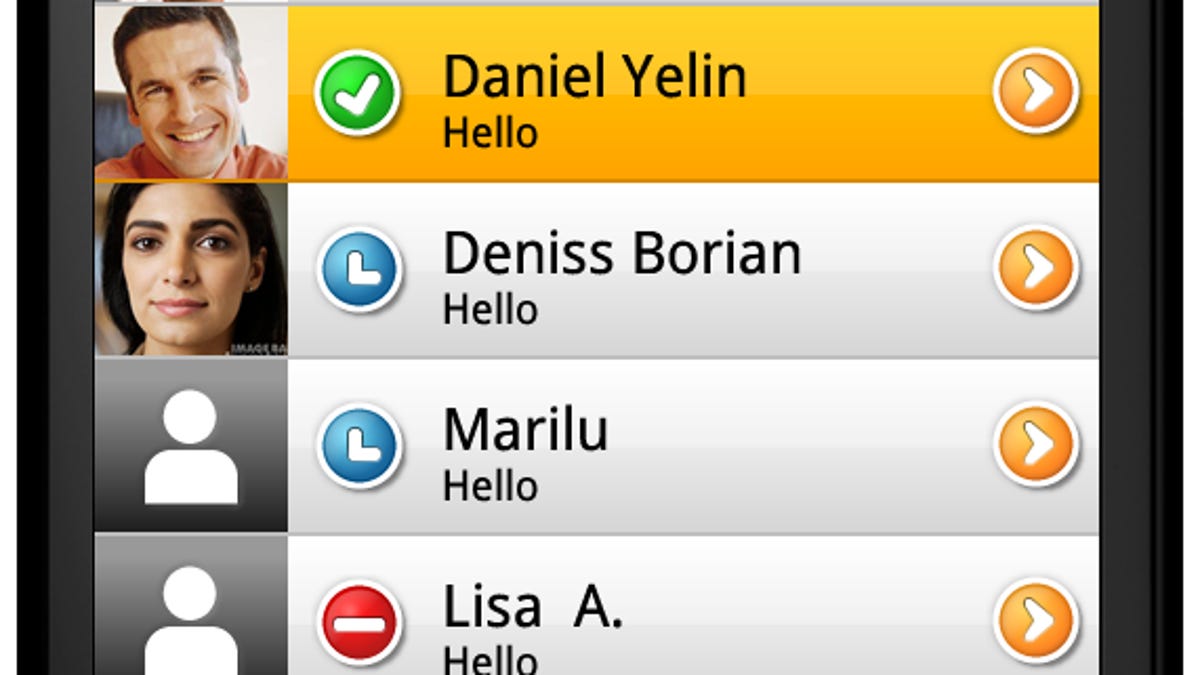Qualcomm backs OoVoo video chat app on a dual-core Android phone
Dual core and video chat are all the rage this CES 2011. The two are converging in a demo that illustrates two main smartphone trends.

LAS VEGAS--Underscoring two smartphones trends at CES 2011, Qualcomm is getting behind ooVoo to show the latter's video chat app on an Android phone.
More specifically, the two companies are demonstrating ooVoo's multi-party video chat app on a yet-to-be-released, dual-core Android phone running Qualcomm's Snapdragon chipset.
This exercise is important for a few reasons. First, as with any hardware change, performance specs only sink in when you can see how much faster or smoother they can execute tasks compared with the previous version. Take dual- and quad-core desktops and laptops, for example. At first glance, they look just like previous, single-processor models. It's only when tasks take significantly less time that the speed becomes apparent.
With its ability to maintain up to six video streams over Wi-Fi and data, Oovoo's video conference calling app is resource-hungry--and a good way to demonstrate a phone's quickened hardware performance.
Secondly (and to a lesser degree,) the battle over superior hardware also encompasses front-facing cameras, of which we'll undoubtedly see in greater supply at the show. They're not new (Sony Ericsson and Nokia models have long had them), but the video chatting concept is reaching a wider audience, even if the practice hasn't yet found its feet.
Finally, the CES partnership highlights the competitive activity around both the performance-boosting hardware and the two-way video chatting software that takes advantage of it. Nvidia beat Qualcomm to a dual-core Android phone release, and there are other players waiting to make their move--many at this show. Likewise, Skype and Qik are vying for their slice of the two-way video chatting pie against the relative unknown of ooVoo. (Skype recently added two-way chatting for iPhone; an Android announcement should be imminent.)
With all that in mind, we'll be keeping our ears pricked for more dual-core and video chatting news at the show. Stay tuned.

